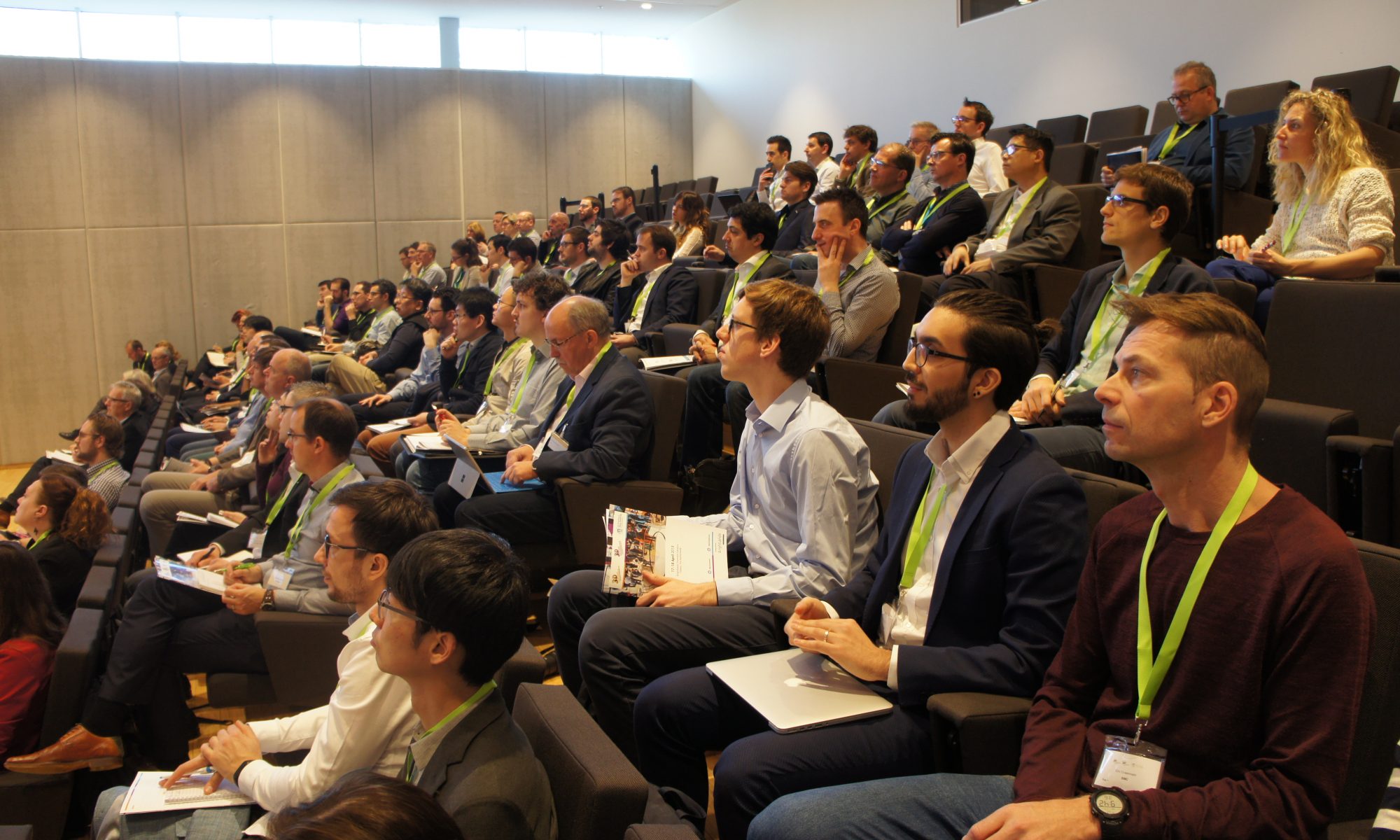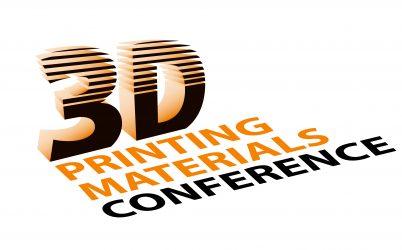

3D printing materials Conference
All the Updates about 3D Printing Conferences
Today we’re introducing unpolished stainless steel. First, because we’re always looking into expanding our range of materials and finishes. Second, you like your metal raw. Third, because some models cannot be polished. And it would be a shame not to print a lot of wonderful designs.
Several factors make it hard to fully predict the outcome of the polishing process. One of those factors is the geometry of your model, which can react differently each time it is put in the tumbling machine. Overall parts with sharp edges will all either flatten or break off in the tumbler.
Polishing is not advised when your model has tiny details, like pins, because they will break off during the smoothing process. Our support team can generally anticipate polishing issues, and will alert you. In some cases however (e.g. high risk of breakage), it is not possible to anticipate before the model is actually printed and we will send you the unpolished version of your model.
Source: I.Materialise.com
Sort of a like a camper’s grainy footage of Bigfoot sauntering between trees in a forest, a Cambridge University spin-out company, Metalysis, has put out a video demonstrating the 3D printing of low-cost titanium powder, as part of a University of Sheffield project:
The partnership between the University of Sheffield’s Mercury Centre and Metalysis has yielded what may be the first 3D printed titanium car part. The Director of Mercury Centre, Prof. Iain Todd, explains that Metalysis’ low-cost powder is produced in such a way that bypasses the traditional, costly and labour-intensive process of making titanium: “Normally what happens with titanium powder is you take what they call mill grade titanium, which is something that’s been three times melted and turned into a block and then rolled. Then it’s turned and you remove the material you don’t need and are left with a billet of titanium that is re-melted and turned into a powder.” Instead, Metalysis applies electrolysis to the titanium ore rutile found in beach sand, separating its elements and producing titanium powder.
The Mercury Centre, Sheffield’s large 3D printing lab, was then able to use the material to 3D print automobile parts, as well as guide vanes, airfoil components, and impellers for airplanes, relying on their discontinued Renishaw AM125 machine. Because Metalysis’ powder is much cheaper than the traditional process, it is a more affordable option for 3D printing metal parts than currently on the market. Though Prof. Todd told TCT that it’s not ready for the aerospace industry yet, it could be suitable for the low-cost manufacture of temperature and corrosion resistant parts.
Source: 3DPrintingIndustry.com
3D printing is hot and has emerged as manufacturing technology with a thousand uses spread across a very diverse user base. The ongoing development of new materials does not only have impact on the quality of the 3D printed end product, it opens new markets and it has a positive influence on the price level of the used materials. The roads to success in the 3D printing sector will depend on fine-tuning materials to the needs of each application. Many questions arise during the development, which will be discussed at the 3D Printing Materials Conference.
Why should you attend the next edition?
The 3D Printing Materials Conference will carter to a high profile audience consisting of a wide range of industry professionals, industry stakeholders, end-users, governmental bodies, universities and more.
Key reasons to visit the 3D Printing Materials Conference:
- Meet a great amount of suppliers, clients and more in 1 day.
- Get up-to-date on the latest industry developments and innovations.
- Enhance your market intelligence by getting new insights.
- Develop your technical knowledge.
- Expand your network. Talk to future new clients, and start new partnerships with other professionals or innovative startups.
- Learn how other professionals create new solutions, ideas and creative ways to support their business model.
- Exposure. Spread information about your business, while sharing knowledge.
- Find out what your competitors are up to and learn ways to better support your own business.
- New clients. Find companies that need your company’s products and services
Who should attend the next 3D Printing Materials Conference?
Any person who is involved in developing products for 3D printing, from designer to engineer, from researcher to 3D printer manufacturer and from material manufacturer to reseller.
Three weeks after unveiling its revolutionary process to 3D print carbon fiber, MarkForged™ has officially released the Mark One™ 3D printer for pre-sale. The Mark One combines the limitless potential of 3D printing with the high-strength of carbon fiber.
Its patent-pending Composite Filament Fabrication™ (CFF™) process is the first ever to enable 3D printing of continuous carbon fiber. CFF parts are up to 20 times stiffer than ABS plastic, five times stronger, and have a higher strength-to-weight ratio than 6061-T6 aluminum.
“We removed the strength limitations of 3D printed plastic parts,” said Greg Mark, founder and CEO of MarkForged. “We designed the Mark One so that your best ideas come to life with the click of a button at your desk. And not just in form, but in function.”
This breakthrough enables designers to 3D print functional parts that would otherwise need to be CNC machined.
“The magic is in the printhead,” continued Mark. “The Mark One uses a dual extruder system that combines traditional 3D printing and CFF printing within a single part. Designers can choose between lightweight carbon fiber, low-cost fiberglass, or the newly announced Kevlar® for puncture and abrasion resistance. The printer also supports traditional 3D printing (FFF) with nylon and PLA plastic.”
General Atomics, a leader in nuclear energy, has been making waves in 3D printing with several initiatives, such as the Conflux drop-in heat exchanger. By using 3D printing in industry, the company is saving on costs. However, their additive manufacturing (AM) involvement is more extensive than what is publicly disclosed. General Atomics Aeronautical Systems, their subsidiary, is partnering with Divergent Technologies, which is known for producing luxury car components and supercars.
Divergent has designed six SLM Solutions NXG XII 600 12-laser metal 3D printers and recently secured a $100 million investment from Hexagon. The company has introduced a modern assembly line, called the Divergent Adaptive Production System (DAPS), which uses Artificial Intelligence (AI) to drive generative design, resulting in 3D printed and assembled models by robots. The system automates and enhances critical processes along the entire manufacturing chain.
The partnership between GA-ASI and Divergent has yielded two projects that saw the production of fully integrated 500-lb UAS aerostructures using AI-driven, model-based, and topology-optimized designs. The integrated metal framework achieved a 95% decrease in part count integration while still fulfilling weight requirements.
By using DAPS, the team completed an entirely automated and tool-free robotic assembly of the small unmanned aerial system (SUAS) in less than 20 minutes. The digital twin of the SUAS, developed by DAPS technology, evaluated each printed component, leading to a print-ready design and a completely built aircraft in less than two days. The project’s success is set to provide near-theater ramp capacity to support the warfighter.
The popularity of 3D printing has grown as innovation allows for the production of complex forms and goods with less material and labor. It also decreases the amount of waste generated in industrial operations and allows for the fabrication of parts that would otherwise be difficult to make using conventional techniques.
3D printing has several uses, including prototyping, rapid production, tool creation, industrial design, and architecture. Prototypes and small to medium production runs benefit from 3D printing.
What influence will 3D printing have on production and the supply chain? Three-dimensional printing is fast developing. As the need for unique materials to meet end-product criteria rises, so will the number of alternatives. Contemporary printers, particularly those geared for industrial usage, will be required to handle more complex materials. This enables companies to use additive manufacturing in creative ways.
| Name | Date | Location |
| Additive Manufacturing Strategies 2023 | Feb. 7-9, 2023 | New York City and online |
| Southern Manufacturing & Electronics | Feb. 7-9, 2023 | Farnborough, UK |
| Design-2-Part Show Texas | Mar. 1-3, 2023 | Arlington, Texas |
| Big Ideas for UV+EB Technology | Mar. 6-8, 2023 | San Diego, California |
| America Makes TRX | Mar. 7-8, 2023 | El Paso, Texas |
| Direct Digital Manufacturing Conference | Mar. 15-16, 2023 | Berlin, Germany |
| AMUG – Additive Manufacturing Users Group Conference | Mar. 19-23, 2023 | Chicago |
| 3D Delta Week | Mar. 20-24, 2023 | Multiple locations, the Netherlands |
| International Conference on Electron Beam Additive Manufacturing | Mar. 22-24, 2023 | Erlangen, Germany |
| Plastics Technology Expo | Mar. 28-30, 2023 | Rosemont, Illinois |
| Design-2-Part Show Southeast | Mar. 29-30, 2023 | Atlanta, Georgia |
| Hannover Messe | Apr. 17-21, 2023 | Hannover, Germany |
| Design-2-Part Show Greater New York | Apr. 26-27, 2023 | Seacaucus, New Jersey |
| Design-2-Part Show Florida | May 2-3, 2023 | Orlando, Florida |
| RAPID + TCT | May 2-4, 2023 | Chicago, Illinois and online |
| Integr8 | May 9, 2023 | Novi, Michigan |
| Rapid.Tech 3D | May 9-11, 2023 | Erfurt, Germany |
| ADDIT3D | Jun. 6-8, 2023 | Bilbao, Spain |
| TCT 3Sixty | Jun. 7-8, 2023 | Birmingham, UK |
| North American Manufacturing Research Conference (NAMRC) | Jun. 12-16, 2023 | New Brunswick, New Jersey |
| Design-2-Part Show Greater Detroit | Jun. 14-15, 2023 | Novi, Michigan |
| AMPM / PowderMet (Additive Manufacturing & Powder Metallurgy Conference) | Jun. 18-21, 2023 | Las Vegas, Nevada |
| MAPP International Conference | Jun. 28-29, 2023 | Sheffield, UK |
| Additive Manufacturing Forum Berlin | Jul. 4-5, 2023 | Berlin, Germany and online |
| International Conference on 3D Printing & Bioprinting, AI, Digital & Additive Manufacturing | Jul. 5-6, 2023 | Thessaloniki, Greece |
| SpaceAM 2022 | Jul. 5-6, 2023 | Leicester, UK |
| Powder Metallurgy Summer School | Jul. 17-21, 2023 | Dresden, Germany |
| Formnext Forum Austin (formerly AM Conference) | Aug. 28-30, 2023 | Austin, Texas |
| EMO Hannover | Sep. 18-23, 2023 | Hannover, Germany |
| Euro PM2023 | Oct. 1-4, 2023 | Lisbon, Portugal |
| 3D Print | Oct. 11-12, 2023 | Paris, France |
| European Military Additive Manufacturing Symposium | Oct. 17-18, 2023 | Bonn, Germany |
| International Conference on Welding and Additive Manufacturing | Oct. 21-22, 2023 | Athens, Greece |
| International Conference on Advanced Manufacturing (ICAM) | Oct. 30 – Nov. 4, 2023 | Washington, DC |
| Formnext | Nov. 7-10, 2023 | Frankfurt, Germany |
| AM Medical Days | Nov. 13-14, 2023 | Berlin, Germany and online |
| Laser Symposium and International Symposium Additive Manufacturing | Nov. 29 – Dec. 1, 2023 | Dresden, Germany and online |